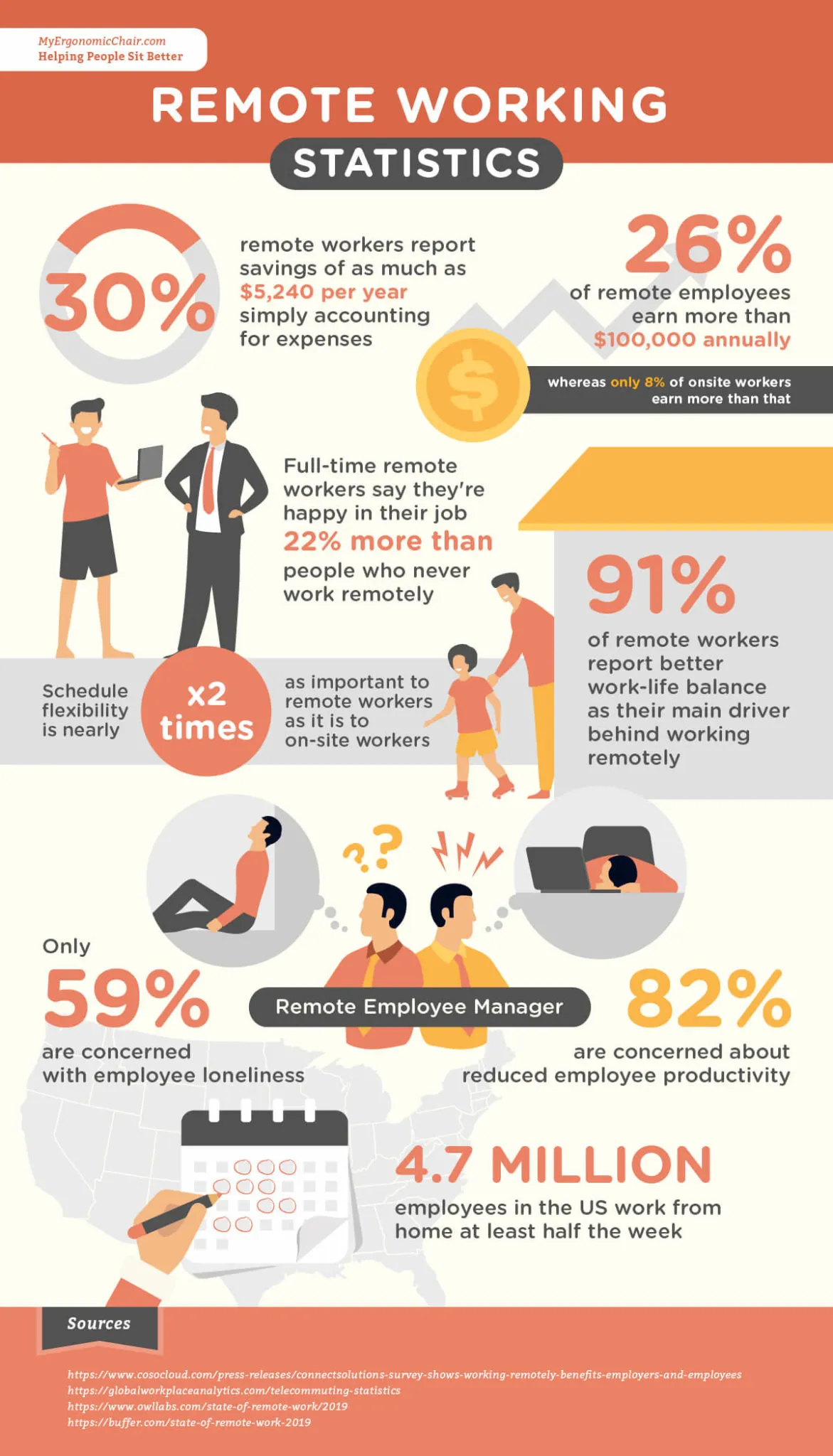
Remote teams are quickly becoming the norm for many businesses around the world. In this article, we’ll discuss remote teams’ future and how they’ll impact team leadership in 2023.
Indeed, remote work was already on the cards for the future of business teams before the pandemic. However, COVID-19 has tremendously contributed towards accelerating the process, making remote work the focus of most business operations throughout 2020 and 2021.
Now, over two years down the line, it becomes obvious that the pandemic has had lasting consequences on the business world. As a result, leaders and team managers must adapt to these unprecedented changes.
The rise of remote work
The increasing trend of remote work is transforming the way people do business in 2021 and beyond. The days of strictly being confined to an office are long gone as more and more employers embrace the benefits of remote work.
With the COVID-19 pandemic, remote work became a popular option for employers and employees. Not only did it give employees the freedom to work from the comfort of their own home, but it also saved companies time and money that would otherwise be spent on costs associated with having an office-based workforce.
Yet, the decrease in infection rates and pandemic threats have not necessarily seen a decline in remote work enthusiasm. On the contrary, there are now three times more remote positions than in 2020, with remote roles already making up 15% of the employment opportunities at the time of writing this article.
Employees have stated they felt happier when working remotely, which can be linked to a variety of reasons, such as gaining flexibility, reducing stress, and having more control over their schedule.
Remote work also allows employees to enjoy the comfort of their own home environment and avoid long commutes. Yet, working outside the office environment doesn’t affect day-to-day tasks negatively. Business owners have regularly measured increased productivity, as employees have more freedom to plan their day as they see fit.
Overall, it is fair to remember that the rise of remote work presents opportunities for employers and employees. Indeed, companies gain access to a broader pool of talent while also saving money on overhead costs, while employees enjoy the autonomy and convenience of a home-based workplace. Several years after the pandemic, remote work is here to stay, and its importance will only increase as we move further into the 21st century.

Team management must-haves
No matter how teams are structured and operated, the basics of effective team management remain the same. Whether you’re running a remote team, or one based in an office, the essential tips for managing a team successfully do not need to change dramatically.
Indeed, strong team leadership is characterized by the ability to encourage and motivate employees, provide goal-oriented thinking, maintain open communication, and help resolve conflicts. These elements remain true regardless of the location of the team.
Indeed, while specific aspects of team management will need to evolve and adapt to the new working environment, it makes no doubt that the role of a team lead should and would focus on the same objectives:
- Building team bonding and trust.
- Managing employees’ needs.
- Developing effective collaboration strategies within the team and cross services.
- Assigning tasks and responsibilities in the best way to support employees’ growth.
- Recognizing the best activities to support the business objectives.
Yet, the tools utilized to achieve these objectives are changing as more and more employees relocate permanently to the home office. From communication to engagement, it is time for team management techniques to embrace the 21st century needs.
Remote teams require additional support from leaders as team members may not have as much face-to-face contact with each other or the leader. Leaders must foster an environment of trust and accountability, enabling teams to feel comfortable voicing their opinions and ideas without the casual comfort of an in-person meeting.
Employee engagement

Employee engagement helps to foster collaboration, creativity, and an overall sense of team camaraderie. When it comes to managing remote teams, it is important to prioritize employee engagement in order to ensure productivity, performance, and morale.
The importance of engagement is two-fold: on the one hand, engaging employees leads to better results as employees are more motivated, dedicated, and productive; on the other hand, engaged employees lead to a happier working environment, which can be beneficial for all members of the team. Consequently, it becomes crucial for teams to develop strong relationships and rapport using appropriate tools to connect, build their skills, and work.
There are several ways to nurture employee engagement in a remote work environment. Firstly, it is important to ensure that team members feel connected through regular check-ins. Using digital tools such as online chats and video calls can help nurture bonds.
Secondly, it is also beneficial to provide employees with tools that ensure they can view their objectives and successfully access the resources they need. This could be done using a task management solution, such as Trello or Slack, allowing them to track to-do tasks. Countless online training platforms enable employees to boost their skills as needed.
Tech savviness
In the modern era of remote work, team leaders must be well-versed in digital communication technologies to effectively manage a distributed workforce. This includes understanding chat protocols and emoji use, ensuring that tech resources are properly set up for employees, and creating suitable IT paths for interacting with team members.
Team leaders should be able to quickly identify technical issues and provide prompt resolutions with IT support. Additionally, remote team leaders should be able to identify opportunities to use technology to streamline processes according to individual employees’ communication needs.
Flexible time
Flexible working hours are becoming increasingly common for remote teams.
But embracing flexible working time can be a difficult mental shift for team leads. Working together in different locations and at different times requires the right approach and tools. However, it can help bring remote teams together. It allows team members to work when they’re most productive and make decisions about when to take breaks.
The sudden surge of remote working arrangements has left team managers with no option but to adapt. Inevitably, there will be friction and challenges along the way. With no guidelines to refer to, team leaders need to learn to build the best approach to remote work management fast.









